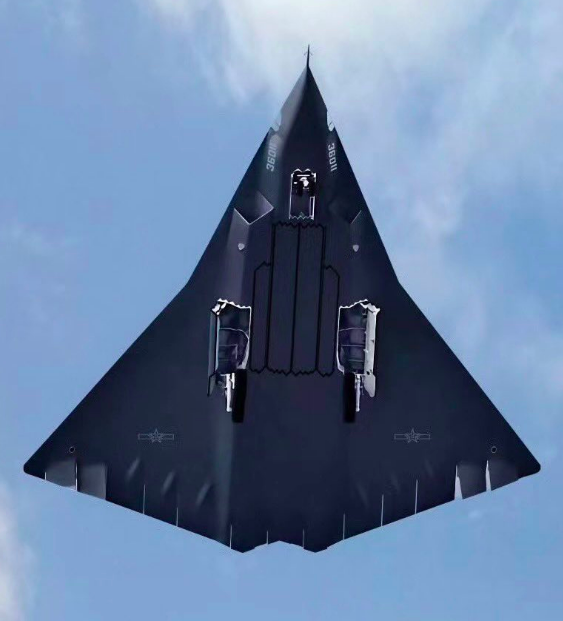China has again surprised the world with a demonstration of the latest aviation achievements, which may indicate the development of a sixth-generation fighter jet.
China is sending a message that it has accomplished development of advanced electronic warfare systems and a new level of “invisibility” technology.
This is an important message to the world, and especially to the United States, which is facing increasing competition in the field of aviation.
A seemingly authentic footage has appeared on social-media networks sparking speculation about a possible revolutionary breakthrough in the modernization of the Chinese military.
According to aviation pundits, in the published footage, two different planes were spotted – one larger and one smaller. Both planes are without a tail stabilizer, which indicates the use of advanced computer technologies in their control.
This design, similar to “stealth” aircraft, represents a significant technological advance over fifth-generation aircraft such as the J-20.
One of the filmed planes was flying in the company of a J-20, which further confirms the possibility that it is a test of a new model.
The new aircraft could bear the designation J-28, although there is still no official confirmation of this.
Analysts point out that testing two planes at the same time, during the day, is very unusual for China.
This could be a deliberate message showing China’s military strength, especially in the context of the debate in the United States about the future of the Next-Generation Air Dominance (NGAD) project.
The US administration has delayed making key decisions on the development.
What to Know
The larger design is from the rival Chengdu Aircraft Corporation (CAC). The second combat aircraft design is from the Shenyang Aircraft Corporation (SAC).
Shenyang is responsible for the production of Chinese developments of the Flanker multirole fighter family and the medium-weight J-35 stealth fighter family, Chengdu builds the J-10 multirole medium fighter and the heavy J-20 stealth fighter.
The second tactical jet aircraft design was shown in some of the photos being “chased” by a Flanker-series fighter, perhaps a two-seat J-16, which would lend further support to the idea that it’s a Shenyang product.
The Chengdu design has a modified diamond-delta wing planform, with extended wing-root “chines,’’ the Shenyang aircraft has a relatively sharply swept wing, although this is hardly conventional, being more in line with a “lambda” wing profile.
This platform creates prominent triangular-shaped trailing-edge extensions that taper back from roughly mid-point in the wing, and project out beyond the engine exhausts.
Unlike the apparent new Chengdu design, which is understood to have a three-engine powerplant, the Shenyang design is a more conventional twin-engine aircraft, in also keeping with its smaller size.
The engines appear to be fed by what seems to be diverterless supersonic inlet (DSI) intakes on either side of the forward fuselage, below the wing root, and which look to be very angular in shape.



















